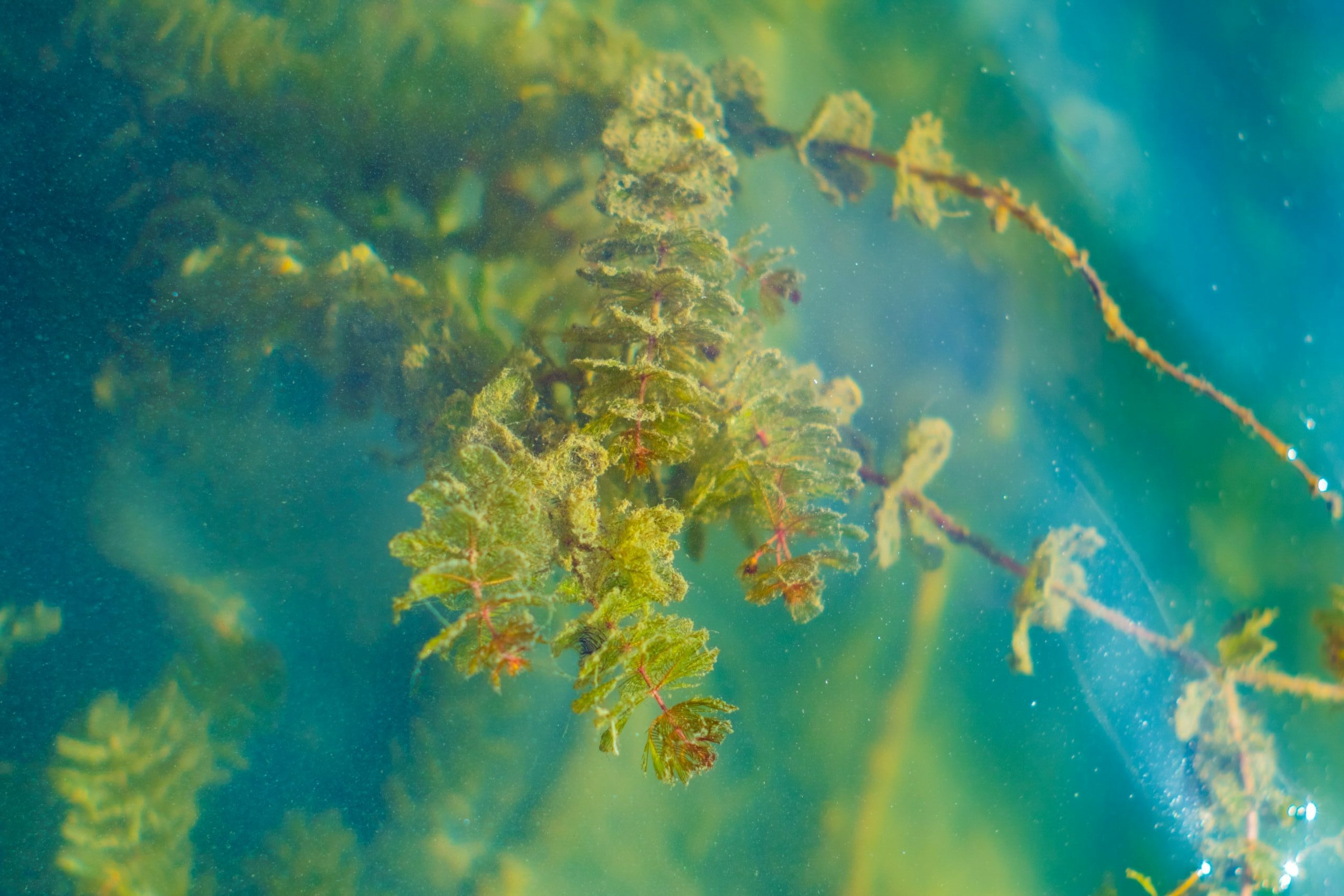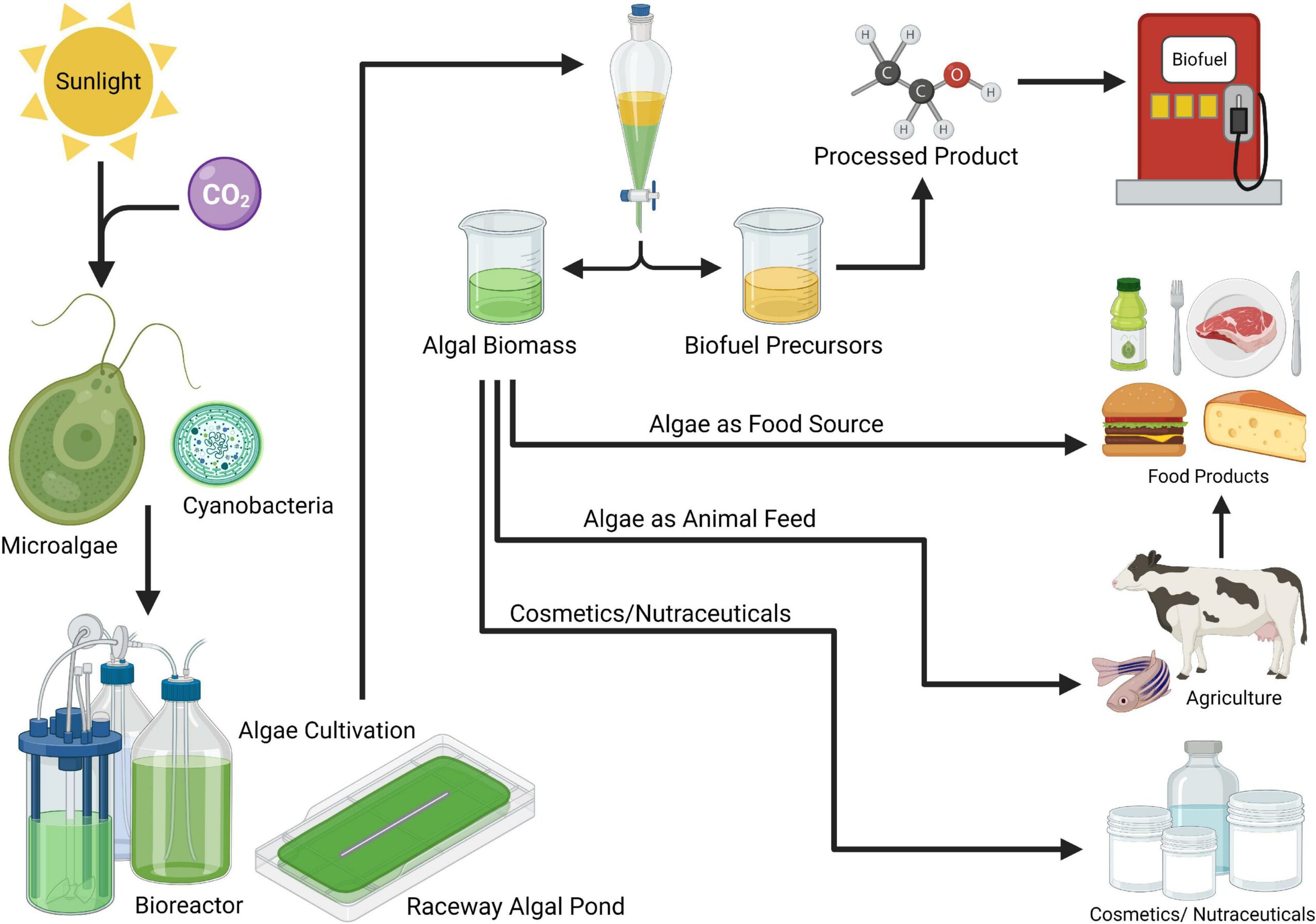Will seaweed be the new protein on the table?

Sustainable and nutritious, algae could replace 25% of European protein consumption and 50% of total vegetable oil consumption, that's why they are the future of food
Already widely used in oriental and macrobiotic cuisine, algae could become the new sustainable superfood of the future. At least that's what a study from the University of California at San Diego, published in the journal Frontiers in Nutrition , claims.
More than a fashion it will be a necessity. According to the research, in fact, current agricultural and food production practices are forced to deal with extreme stress, caused by climate change and an ever-increasing human population, which will make it difficult to feed billions of people.
Hence the need to think of new, more sustainable foods .
ARE ALGAE NUTRIENT?
But is it possible to eat seaweed and above all provide the right nutritional intake for our body? As the study notes, for thousands of years, both macro (fulcales and laminariali) and micro (unicellular) forms of algae have been cultivated as a food source.
In fact, they boast a nutrient composition that is uniquely adapted to the human diet. Even in small quantities, algae have great potential as a dietary supplement that can provide essential macronutrients such as amino acids and fatty acids. They produce highly digestible proteins, lipids and carbohydrates and are rich in essential fatty acids, vitamins and minerals.
Many seaweeds approved for human consumption have a protein content that can range from 27 to 70%.
THE SUSTAINABILITY OF ALGAE
To promote the sustainability of algae is, first of all, their ability to sequester CO2. The biofuel industry is well aware of this, which has urged its large-scale production to obtain green alternatives to fossil fuels.
Although the main studies and results on their growth and cultivation in large quantities come from this sector, for experts, there is no reason to think that they cannot also be adapted to the food sector.
The biggest challenge to commercializing microalgae as a superfood may not be scientific, technical or aesthetic in nature but simply the ability to scale production globally. “All the great innovations, however, such as smartphones, computers, photovoltaic panels and electric cars –say the authors – have involved more or less complex difficulties but we have overcome them to bring these 'new' technologies on a global scale, so we know that we can with seaweed".
Additionally, seaweeds can be produced on non-arable land using non-potable water (including seawater), which allows them to supplement rather than compete with traditional agriculture.

HOW TO TRANSFORM THEM INTO FOOD PRODUCTS
With due differences in cultivation, after harvesting, the algae cells are dried to be used directly as food supplements or they can undergo further processing for the extraction of proteins, lipids or carbohydrates. From here you can then obtain different products depending on the macro and micro nutrients they possess.
“Many of us have known about algae's potential as a food source for years and have worked with it, but now, with climate change, deforestation and a population of 8 billion people, most of us realize that the world needs to simply become more efficient at producing protein,” said Professor Stephen Mayfield, who participated in the study and is also director of the California Center for Algae Biotechnology.
Sure, for some it may not be appealing to eat seaweed due to its smell or taste, but experts guarantee that it is possible to change these organoleptic traits, while also increasing their protein content.
BECAUSE THEY ARE USEFUL
Existing algae strains could potentially replace 25% of European protein consumption and 50% of total vegetable oil consumption, if grown on available land currently not used for traditional crops, according to the research.
“The biggest benefit is the protein output per acre,” Mayfield explained. "Algae simply falls short of the current gold standard for soybeans, with production per acre at least 10 times, maybe 20 times higher."
This is a machine translation from Italian language of a post published on Start Magazine at the URL https://www.startmag.it/sanita/le-alghe-saranno-le-nuove-proteine-della-tavola/ on Sun, 22 Jan 2023 06:12:50 +0000.
